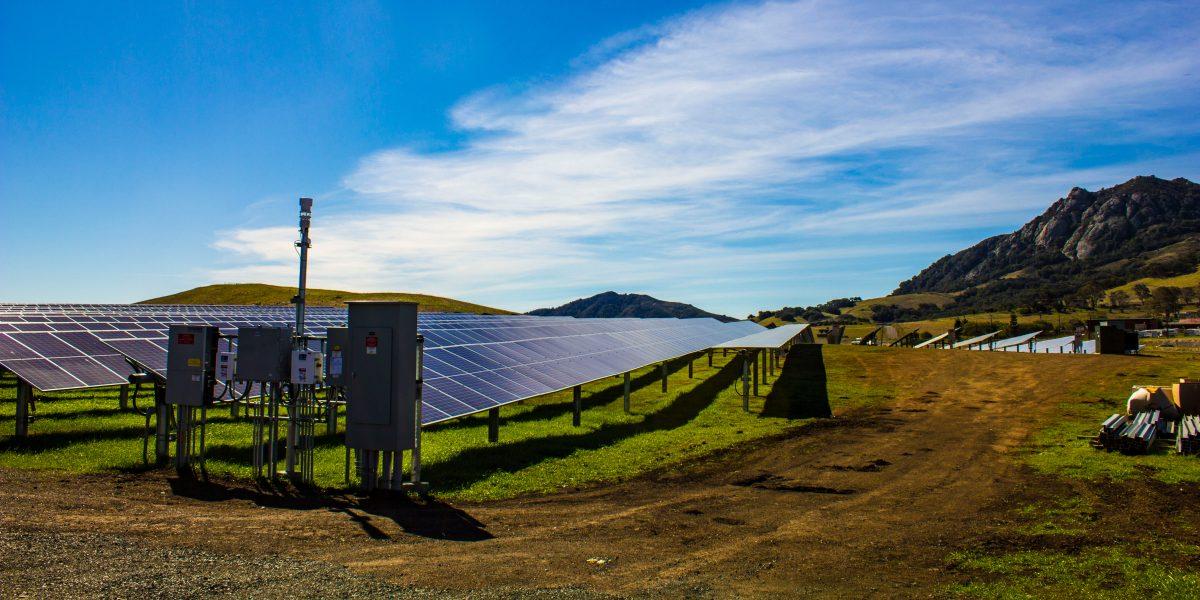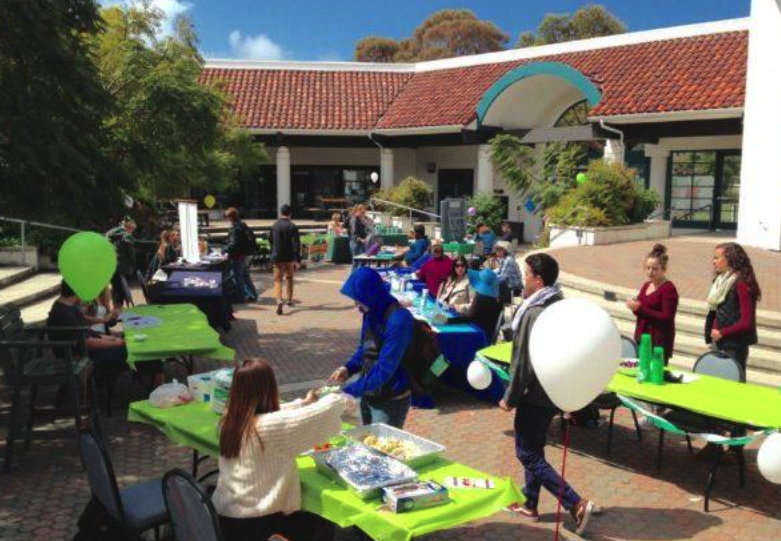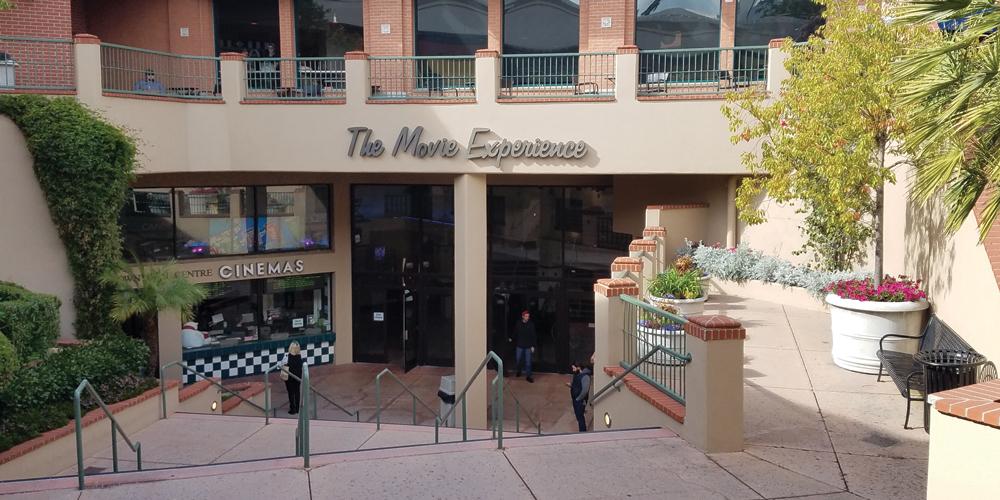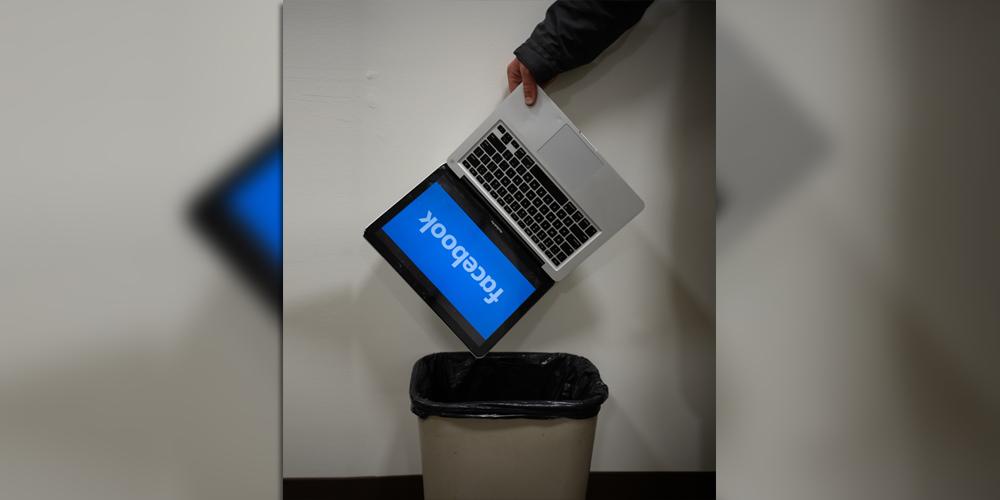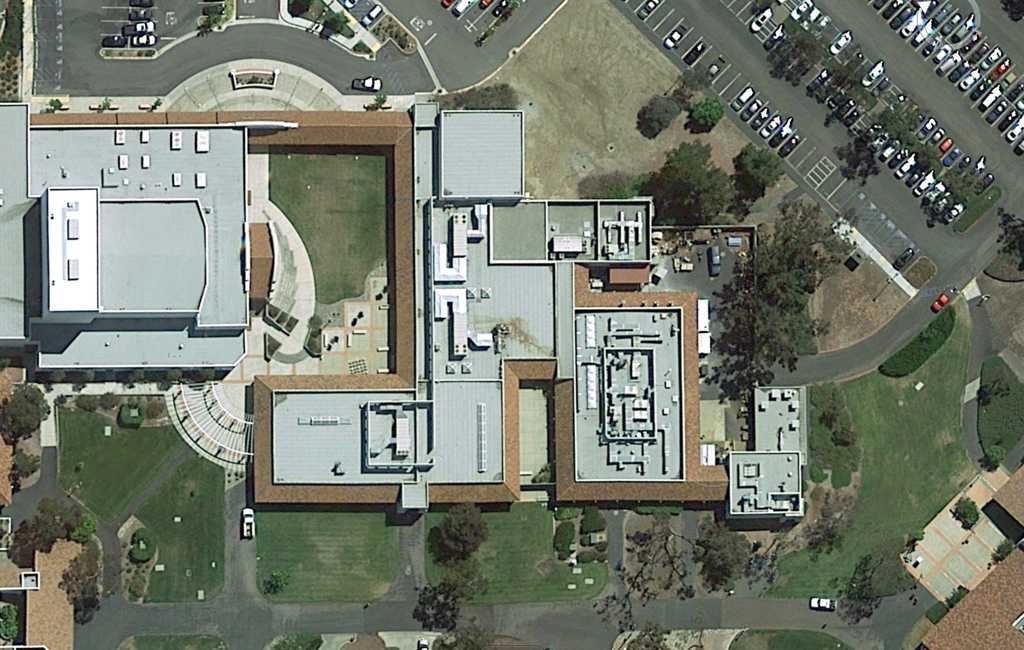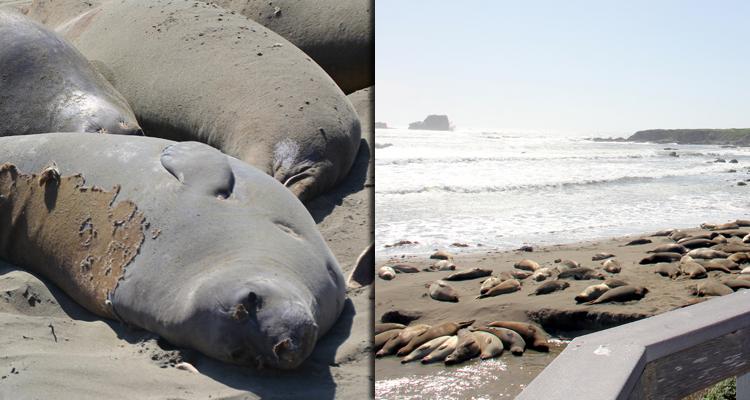Cal Poly’s new solar farm is located on farm is located on northbound California Highway 1, just prior to the California Men’s Colony.
Photo by Steven Holguin / Cuestonian Photographer
By Clara Applegarth
Features Editor
Commuting Cuesta students may have taken notice of the newly glistening field of dark glass along California Highway 1.
That is Cal Poly’s recently implemented green-energy initiative solar farm, which is estimated to save the university $10 million over a period of 10 years. Cal Poly officials have projected the facility to power up to one quarter of the campus’ electrical needs.
Resources like Cal Poly’s new solar farm may also fuel inspiration from students around the county, including Cuesta College students and professors. Terry Reece, director of Facilities Services at Cuesta, said they are seriously considering solar on the North County campus.
“In 2016, Cal Poly President Armstrong signed the Second Nature Climate Leadership Commitment for Cal Poly to become a climate neutral campus,†said Kylee Singh, sustainability coordinator at Cal Poly. “This really motivated the need to find renewable energy sources.â€
The question of energy has been under the magnifying glass of scientists and engineers around the world in recent years. REC Solar and Solar City, amongst other companies, have set the tone for a more green and efficient energy source for future generations.
This new strategy will not only provide students with exciting new academic endeavors and save the university millions of dollars, but is also a step toward to Earth-friendly-energy resources while many observe the effects of climate change around the world, according to Singh.
While Cal Poly is being proactive in their approach to a curriculum that will offer students the chance to pursue degrees in solar energy, Cuesta has yet to make the jump to solar for a few reasons, such as the fact that the climate and weather Cuesta has doesn’t consistently allow for Solar.
Reece, however, has a rather different idea of what the future of energy entails.
“People go out and buy Priuses thinking they are reducing their carbon footprint largely because it runs on electricity,†said Reece. “But decomposing the battery, the shipping of the battery to where it’s decomposed, the truck that’s used to transport the battery, those are things you need to consider leaving a large carbon footprint.â€
Reece was also a former marine and got his experience doing jobs in heating, ventilation, and air circulation. He has been working for facilities at Cuesta for 23 years, 22 of them in his current position.
“There are multiple definitions of what renewable energy is,†Reece said. “What you need to consider is the carbon footprint, what’s cost effective, and what is responsible.â€
Cuesta currently powers at 70 percent renewable energy, and 30 percent fossil fuels. Reece continuously monitors three major components of power: buying responsible power at a low price, making sure it’s the most efficient product, and making sure it breaks even monetarily.
At the Board of Trustees meeting held March 7, Cuesta approved a new energy saving installations that is estimated to save the campus $10,560 per year.
The plan is to install more efficient light fixture models throughout campus, and to put in a new models of HVAC (Heating Ventilation and Air Conditioning) in the welding shop.
The project will be done by Aug. 10, 2018, and will cost Cuesta $500,000, according to the plan put forth by Terry Reece and Dan Troy, Vice President of administrative services.
“We beat the state standard of renewable energy,†said Reece. “We look into the math of solar every six months, but it just never prices out.â€
This isn’t to say Reece doesn’t value the potential solar has, as solar energy depends largely on its environment. Hence Reece’s serious consideration for implementing solar energy on the North County Cuesta campus.
“If there were classes, it would be cool to have access to information,†said Cole Rodgers, Cuesta mechanical engineering student. “Maybe they could add a basic introduction to solar for students.â€
Reece thinks there are many approaches to renewable energy, including wind power and hydro power.
“The products are getting so good that non-renewable energy will become a thing of the past.†said Reece.
Cal Poly’s solar farm is scheduled to be operational by the end of March and will provide engineering students the ability to collect data and test solar energy effectiveness, according to Singh.



